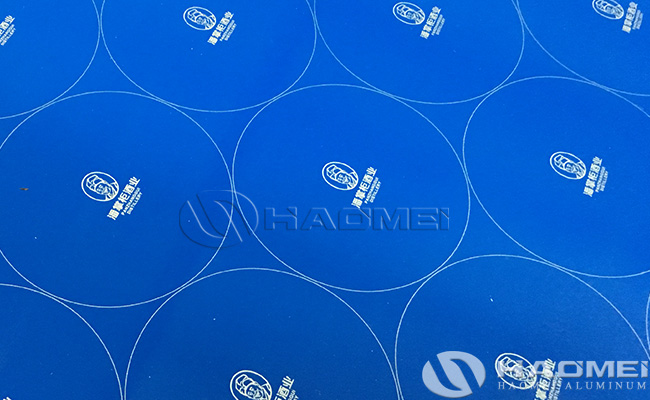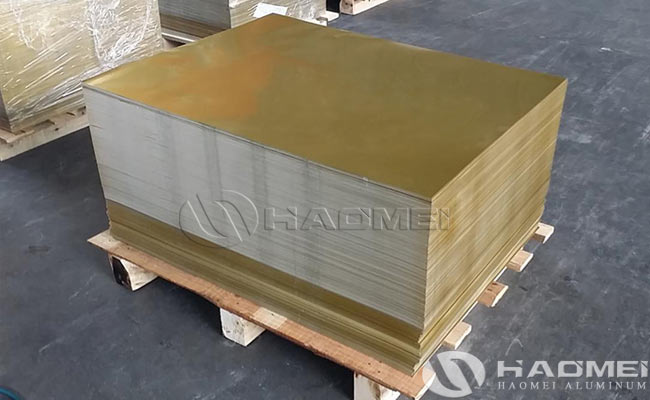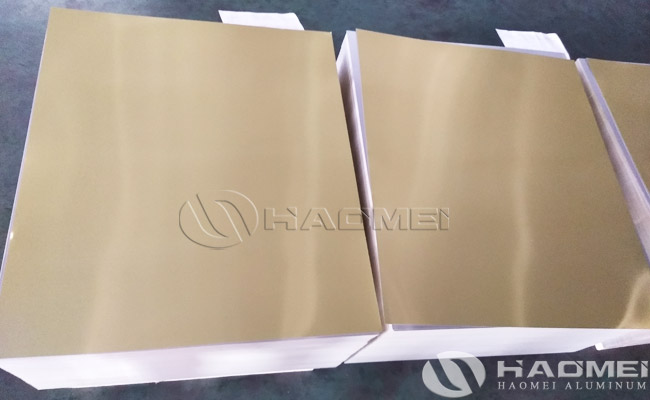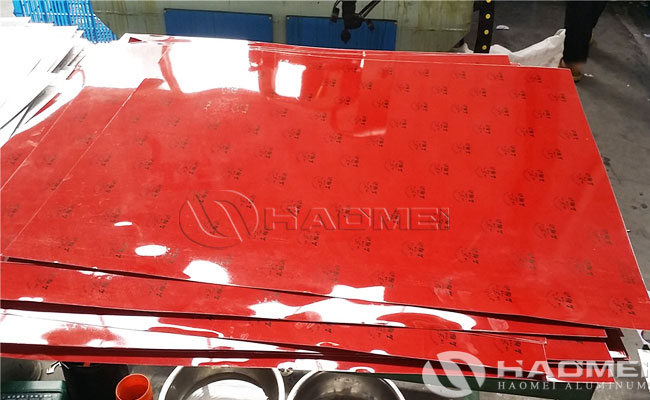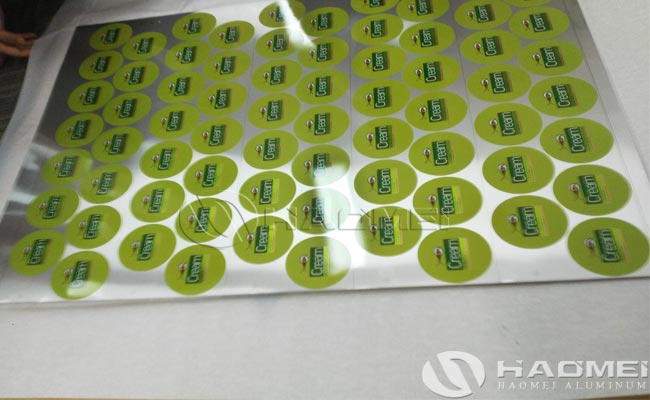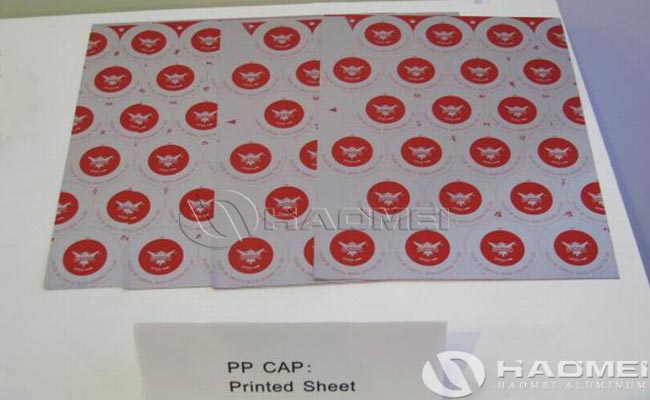Aluminum Bottle Cap Materials Selection
In the packaging of beverage, medicine, cosmetics and other industries, aluminum bottle caps occupy an important position with their excellent performance. For buyers, understanding its material properties will help make a more appropriate choice.
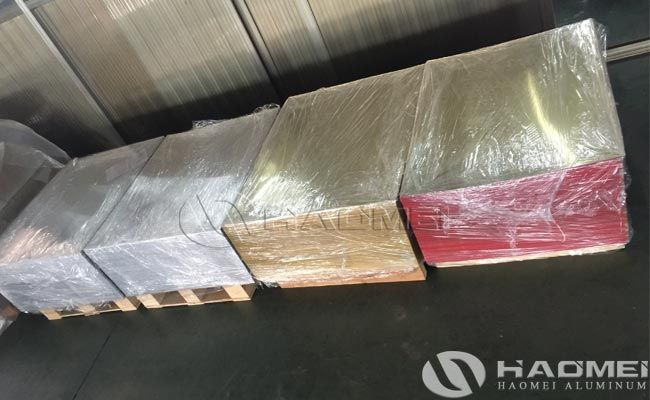
1. Common alloy types of aluminum bottle caps material
Aluminum bottle cap materials usually use a variety of aluminum alloys, and different alloys show different properties due to differences in composition.
- 1000 series aluminum alloys, such as 1050 and 1060, belong to the pure aluminum series with high aluminum content and purity of more than 99%. It has a soft texture, excellent ductility, and is easy to process and shape. It is suitable for making bottle caps that do not require high sealing and require fine processing of appearance, but the strength is relatively low.
- 3000 series aluminum alloys, represented by 3105, contain manganese elements, have higher strength than the 1000 series, have good rust resistance and corrosion resistance, and have excellent processing performance, which can meet the basic needs of most beverage bottle caps.
- 5000 series aluminum alloys, such as 5052 and 5182, contain magnesium, have higher strength and excellent corrosion resistance, especially in humid environments. They are suitable for products with high requirements for sealing and corrosion resistance, such as bottle caps for carbonated beverages and alcoholic beverages.
- 8000 series aluminum alloys are typical representatives of aluminum-iron-silicon alloys. The iron content in their composition is usually 0.5%-1.0%, and the silicon content is 0.5%-0.9%. The reasonable ratio of these two elements gives this series of alloys excellent comprehensive performance. The overall ductility of this series of alloys is better than that of the 3000 series. It is not easy to crack during processing, and the surface flatness is high. After rolling, a uniform metal grain structure can be formed, which provides a good foundation for subsequent surface treatments such as printing and spraying. 8011 is the most widely used model in aluminum for bottle caps. With better surface finish and processing stability, it has become the first choice in the field of high-end packaging.
2. The most common aluminum bottle caps material alloys
In actual market applications, 3105 and 8011 aluminum alloys are the most common choices for making aluminum bottle caps, accounting for more than 70% of the total.
3105 aluminum alloy has become the mainstream due to its balance between strength and ductility. Its tensile strength is 15%-20% higher than that of 3003, and it can withstand the pressure of beverage packaging (such as the internal pressure of carbonated beverages). At the same time, it has excellent cold processing performance and can be formed in one step through high-speed stamping. It is suitable for automated production lines with hundreds of pieces per minute, which greatly reduces processing costs. In the field of mainstream beverages such as bottled water and juice, 3105 aluminum alloy bottle caps account for more than 40% of the market.
8011 aluminum alloy occupies an important share due to its surface treatment advantages. The iron and silicon elements it contains make the material surface more delicate. After anodizing or spraying, it can form a uniform and smooth coating, and the color reproduction of the printed pattern is 10%-15% higher than that of other alloys. In the fields of cosmetics, high-end wines and other fields with strict requirements on appearance, the usage rate of 8011 aluminum alloy bottle caps exceeds 60%.

3. Advantages of using aluminum as a raw material for bottle caps
- Excellent processing performance:
Aluminum has good ductility and plasticity, and can be easily processed into bottle caps of various shapes through stamping, stretching and other processes. It can meet the requirements of different products for the appearance and size of bottle caps, and is suitable for large-scale industrial production and improves production efficiency.
- Excellent sealing:
Aluminum is soft and can fit tightly with the bottle mouth during processing, effectively preventing gas and liquid leakage and external impurities from entering, ensuring product quality and shelf life, especially suitable for products with high requirements for sealing such as beverages and medicines.
- Lightweight advantage:
Aluminum has a low density, and the bottle caps produced are light in weight, which can reduce the overall weight of the product, reduce energy consumption and cost during transportation, and are also convenient for consumers to carry.
- Good corrosion resistance:
After surface treatment, aluminum bottle caps can resist corrosion from beverages, medicines and other contents, ensuring the stability of the product during the shelf life.
- Environmentally friendly and recyclable:
Aluminum is a recyclable material with a high recycling rate and low energy consumption in the recycling process. It conforms to modern environmental protection concepts and helps companies establish a green and environmentally friendly image.
- Strong aesthetics:
The aluminum surface can be processed in a variety of ways, such as printing, spraying, anodizing, etc., and can produce bottle caps with exquisite patterns and colors, improving the packaging grade and brand image of the product.
In summary, 3105 and 8011 aluminum alloys have become the mainstream aluminum bottle caps materials due to their respective advantages in performance and processing. Aluminum as a raw material has significant advantages in processing, sealing, cost, environmental protection, etc., and is an ideal material for bottle caps.
